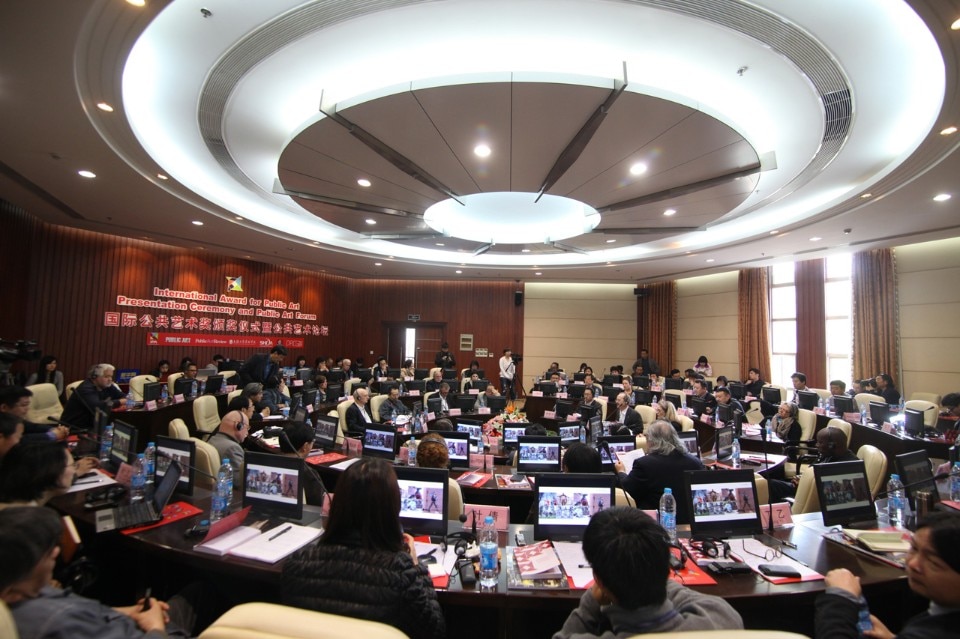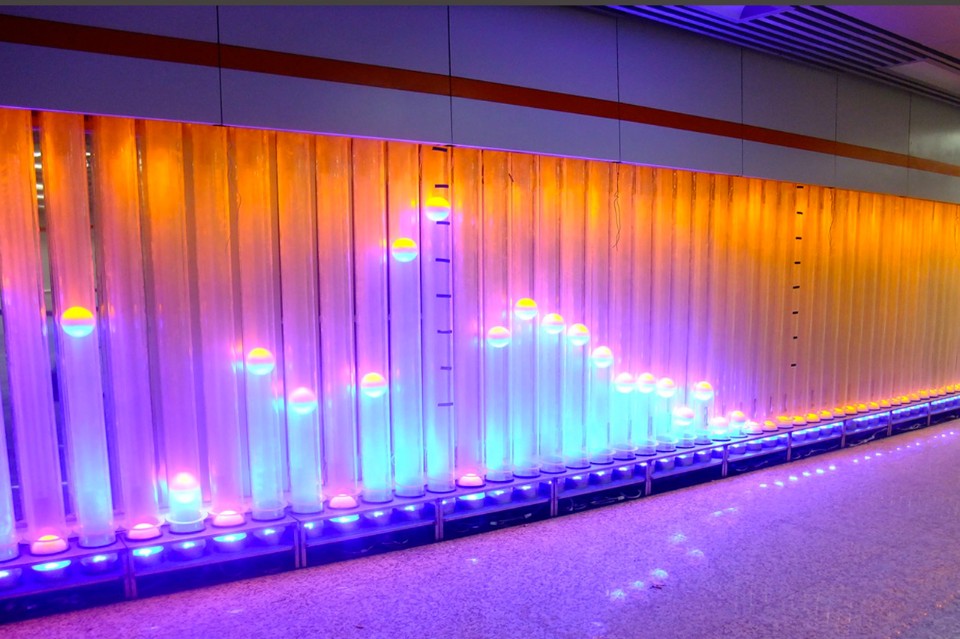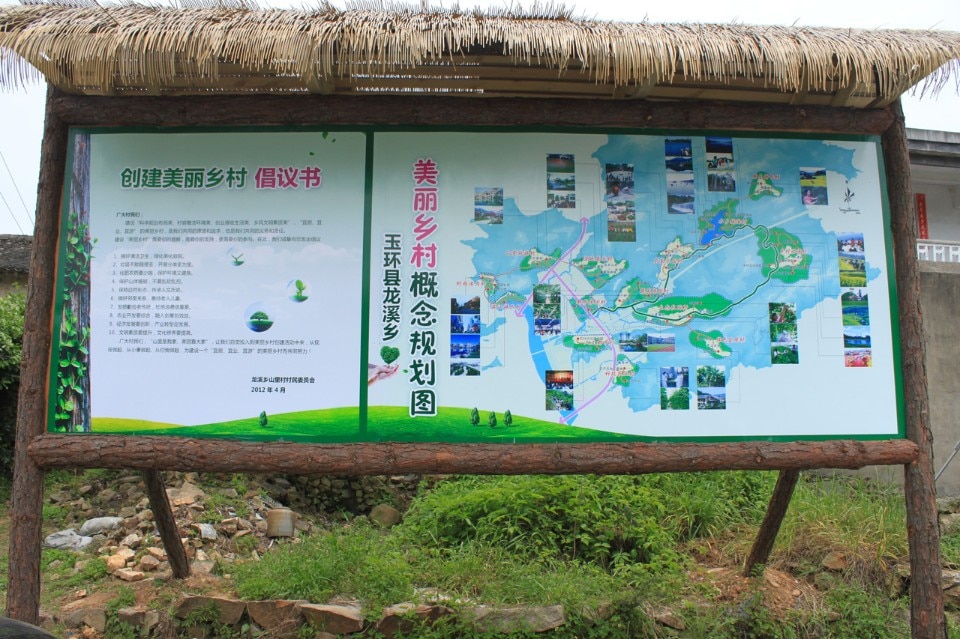
The goals entrusted to public art point to the centrality of its role: the regeneration of the urban and rural environment, in which the perceptions and functions of renewed space can galvanize the public concerned, who will then interiorize them as new values of place; the evocation of the spirit of a place, through the symbolic presence of the past and the use of narrative forms recognizable by the community, which enhance their sense of belongingness; the attribution of a soul to redefined spaces, through work on urban and rural landscapes, nature and the ecosystem, in order to protect and preserve them for the future, as in Red Ribbon in the Green Forest, a project by Yu Kongjian, Ling Shihong and Ning Weijing at Tanghe Park in Qinhuangdao, a biological fibre glass terrace 500 metres long which forestalls the gradual erosion of the embankment, preserves indigenous vegetation and redesigns the riverscape.
As explained to me by Zhou Xian, editor of Public Art China, public art in China is “the unification of the imagination and reality, of each different side”. Based on the Chinese orientation towards “Real Life”, it is seen as an opportunity for citizens to experiment directly with the artisticness and beauty of life.


The interactive installation, neORIZON, by Maurice Benayoun, on view in Shanghai for the 2008 eArts Festival14, sparked a critical debate because it made visible the present codification of life and the translation of human identities into the geometric and abstract (hence modern) forms of the IDWorms sculptures and of the urban landscape into an architecture of QR codes. As affirmed by Lewis Biggs, Chairman of the IAPA Organising Committee, “If a controversial artwork is placed in a community, people who would otherwise not be speaking very often gather round a table to talk”, thus creating the right conditions for the artist to get ahead and create new realities.
On my way back to Italy, the image of Shanghai lingering in my mind is that of a steadily evolving, dynamic utopia.
[1] Hsiangling Lai, Huey-Fen Chu, The Way to Knowing Happiness, in Local Remodeling, Shanghai, Shanghai University, 2014
[2] Sister City Program Summit on “Strategies for Public Art,” New York, February 17–18, 2005. Report available here: http://www.nyc.gov/html/ia/gp/html/summit/main.shtml

